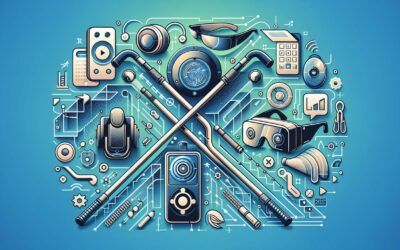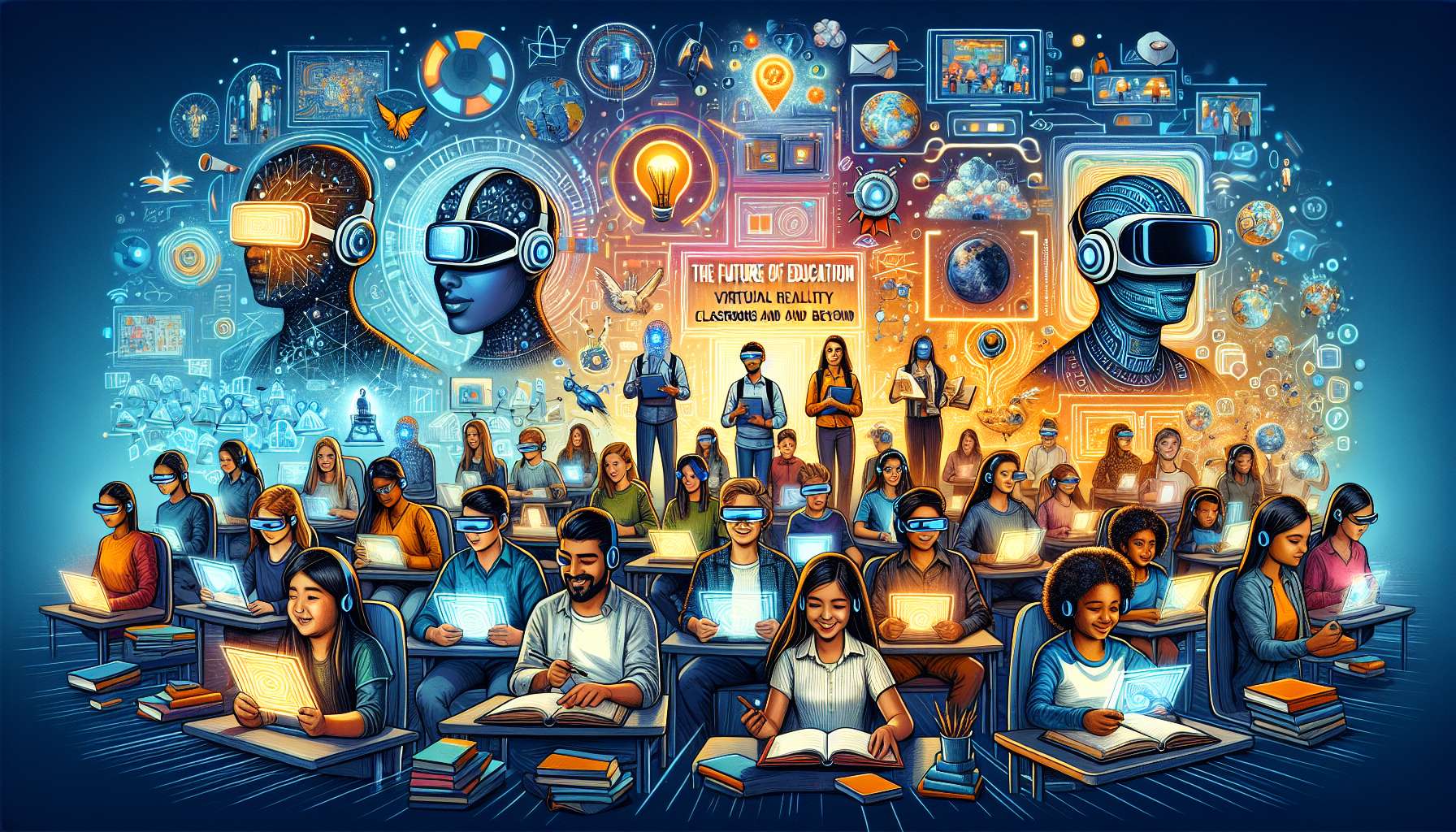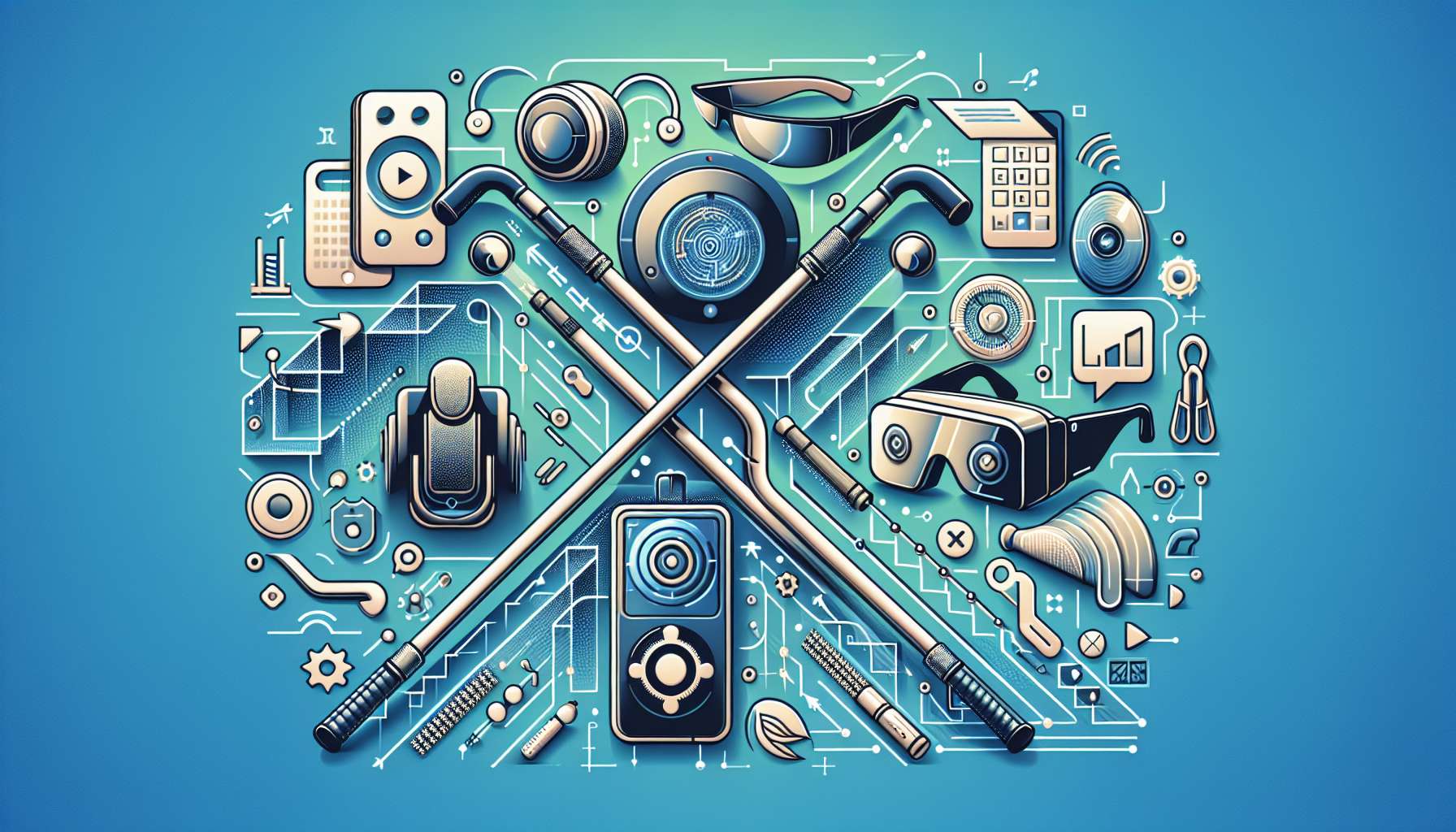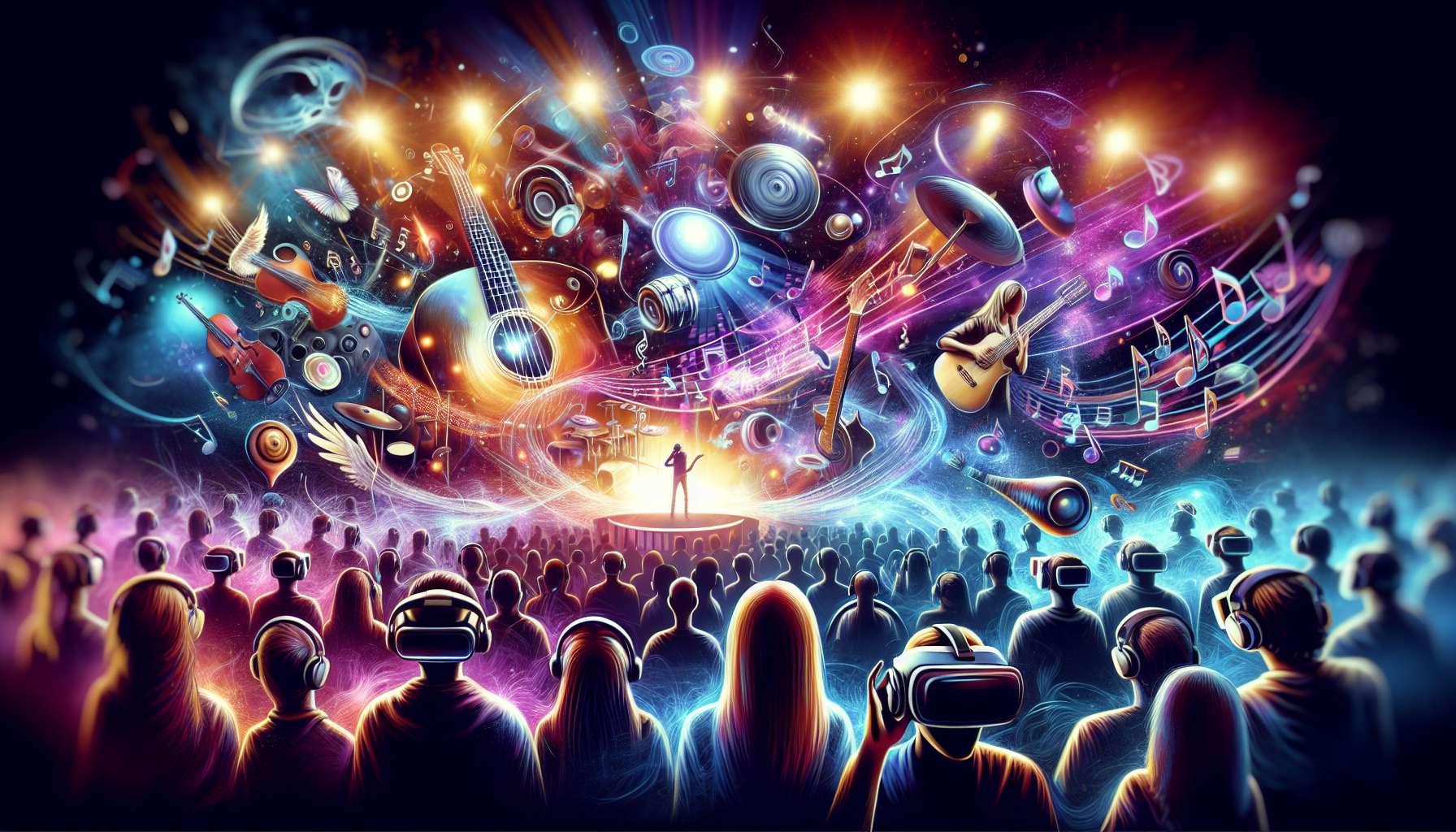The Future of Education: Virtual Reality Classrooms and Beyond
Education has always been a field that embraces new technologies to enhance the learning experience. From the invention of the printing press to the rise of online learning platforms, each advancement has revolutionized the way we acquire knowledge. In recent years, virtual reality (VR) has emerged as a powerful tool with the potential to transform education like never before.
Immersive Learning Experiences
Virtual reality offers students the opportunity to immerse themselves in a virtual world, providing a level of engagement and interactivity that traditional classrooms cannot match. With VR, students can explore historical landmarks, travel to distant planets, or even dive into the human body to learn about anatomy. These immersive experiences make learning more exciting and memorable, helping students to better understand complex concepts.
Imagine a history class where students can witness the signing of the Declaration of Independence or a biology class where they can observe the inner workings of a cell. Virtual reality brings these experiences to life, making education more dynamic and captivating.
Personalized Learning
One of the biggest advantages of virtual reality in education is its ability to cater to individual learning styles and needs. With VR, students can learn at their own pace and in their preferred style. Whether they are visual learners who benefit from interactive visualizations or kinesthetic learners who thrive in hands-on experiences, virtual reality can adapt to their unique requirements.
Furthermore, virtual reality can provide real-time feedback and assessments, allowing educators to track students’ progress more effectively. This data-driven approach enables personalized instruction, ensuring that each student receives the support they need to succeed.
Breaking Down Barriers
Virtual reality also has the potential to break down geographical and socioeconomic barriers in education. With VR classrooms, students from different parts of the world can come together in a shared virtual space, fostering collaboration and cultural exchange. This opens up a world of possibilities for students who may not have access to quality education due to their location or financial constraints.
Additionally, virtual reality can bridge the gap between theory and practice by simulating real-world scenarios. For example, medical students can practice surgical procedures in a virtual operating room, reducing the need for expensive equipment and minimizing the risk of errors. This hands-on training can greatly enhance the skills and confidence of future professionals.
Challenges and Considerations
While virtual reality holds immense potential for education, there are challenges that need to be addressed. Cost is a significant factor, as VR equipment can be expensive, making it inaccessible for some schools and students. Technical issues, such as motion sickness or discomfort, also need to be overcome to ensure a seamless learning experience.
Furthermore, it is crucial to strike a balance between virtual and real-world interactions. While virtual reality can enhance learning, it should not replace the importance of face-to-face interactions and social connections in education.
The Future is Here
Virtual reality is revolutionizing education by providing immersive learning experiences, personalized instruction, and breaking down barriers. As the technology continues to advance and become more affordable, we can expect to see virtual reality classrooms becoming a common sight in schools worldwide.
With virtual reality, the possibilities for education are endless. It is an exciting time for educators and students alike as we embrace this transformative technology and shape the future of education.








